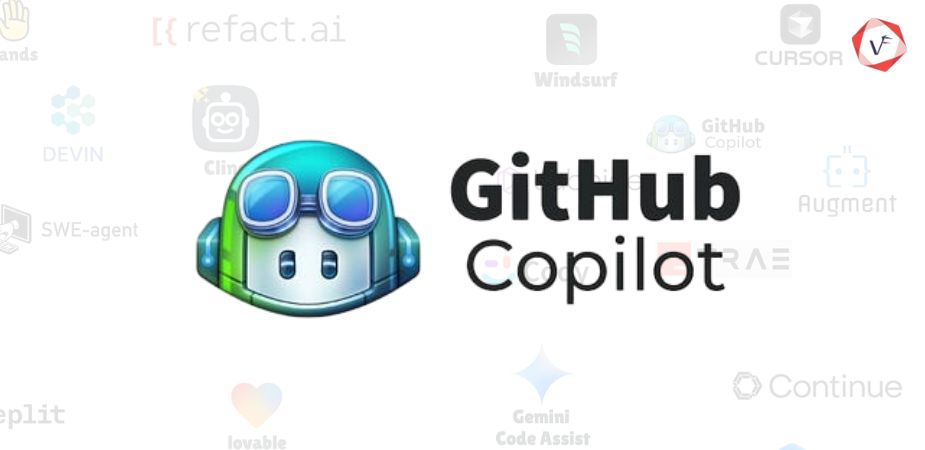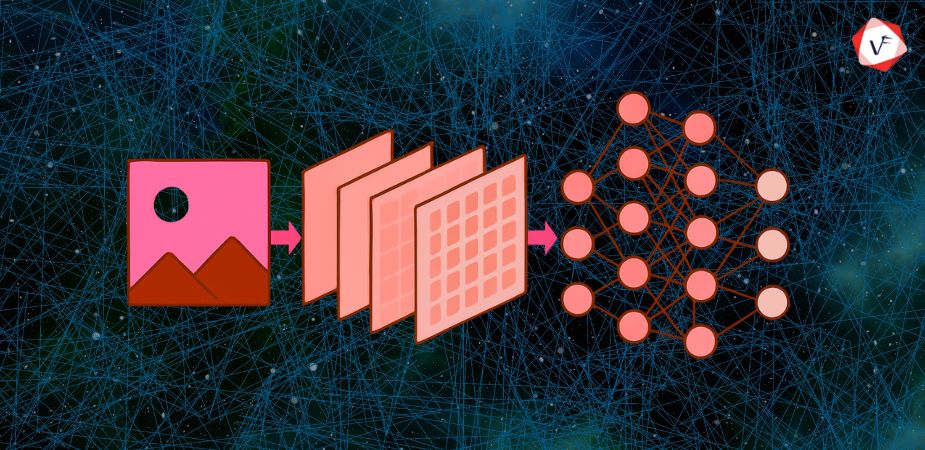- March 14, 2025 10:34 pm
- by Kevin
- March 14, 2025 10:34 pm
- by Manek

Discussions about HTML and programming language concepts have been ongoing for decades. HTML, a core component of modern web development, is widely known as a markup language. It forms the backbone of website creation by defining the structure and layout of web pages using HTML tags and elements. While many newcomers to coding and web programming initially question whether HTML qualifies as a programming language, the debate often centers on the differences between what constitutes a programming language versus a markup language. This article explores the technical distinctions, historical evolution, and practical applications of HTML, examining its role in front-end development and its impact on web design and coding education.
At its core, HTML (HyperText Markup Language) is designed to structure content on the internet. HTML documents consist of elements such as headings, paragraphs, images, links, and lists, all defined through a system of tags that browsers interpret to render pages visually. Unlike traditional programming languages, which involve logic, variables, and control structures, HTML is declarative by nature. The language’s primary purpose is to delineate the content and layout rather than to perform computations or algorithmic processes. In the realm of coding and web development, this distinction is crucial: HTML is not meant for tasks that require dynamic logic, but it is indispensable for providing the semantic structure required in modern web design.
HTML’s straightforward syntax makes it accessible to beginners who are venturing into the world of coding and web programming. Educational resources frequently highlight HTML’s simplicity and its central role in front-end development, often referring to it as the gateway to learning more advanced programming languages. Repeated exposure to HTML through web design projects and coding tutorials reinforces its significance in web development, even as developers transition to more complex programming environments. As such, HTML remains a constant reference point in discussions regarding markup language versus programming language, serving as a practical example in both academic and professional web development settings.
The question of whether HTML qualifies as a programming language sparks considerable debate among developers, educators, and technology enthusiasts. Proponents of classifying HTML as a programming language argue that it is integral to the process of building interactive websites. They emphasize that HTML is used extensively in coding, web development, and front-end design, providing the structure for dynamic web applications when paired with CSS and JavaScript. However, critics highlight that HTML lacks the core functionalities—such as logic and conditional execution—that define a true programming language.
Programming languages like Python, Java, or JavaScript enable developers to create algorithms, perform data processing, and implement complex logic structures. In contrast, HTML’s role in coding is primarily to describe the content and layout of a webpage. HTML does not include constructs like loops, variables, or functions, which are fundamental components in the programming language landscape. Instead, HTML’s function is to work alongside these languages to create interactive and responsive web pages. Within the context of web development and website creation, HTML remains indispensable despite not fitting the classical definition of a programming language.
This technical debate often centers around the concepts of “markup language” and “programming language.” In web design and front-end development, HTML is celebrated for its simplicity and its ability to provide a clear structure for content presentation. The syntax of HTML, with its opening and closing tags, underscores its role as a descriptive tool rather than a tool for executing logic. The repetitive use of HTML in web programming tutorials and coding boot camps reinforces its identity as a markup language, a foundational technology that supports dynamic web development through integration with other programming languages.
In modern web development, HTML is used as the backbone for constructing websites and web applications. As a markup language, HTML works in tandem with CSS and JavaScript to produce visually appealing and interactive websites. Web developers rely on HTML to create the basic structure of web pages, ensuring that content is accessible and semantically correct. Whether designing responsive websites for mobile devices or developing intricate web interfaces for complex applications, HTML remains a core component of the coding process.
Web development professionals routinely incorporate HTML into their coding workflows, emphasizing its importance in creating robust and maintainable web designs. HTML tags and attributes provide a framework that allows for the separation of content and presentation—a concept highly valued in web design and coding. The repetitive integration of HTML in tutorials and coding projects highlights its central role in the evolution of web programming. Additionally, HTML’s compatibility with modern web standards and its widespread support across browsers make it a reliable tool in the arsenal of web development and front-end design.
HTML is also critical when considering accessibility and search engine optimization (SEO). By using semantic HTML elements, developers ensure that websites are not only visually structured but also accessible to screen readers and search engine crawlers. This dual role of HTML in both design and functionality underscores its significance in web development.
HTML has undergone significant evolution over the years, transitioning from a simple markup language to an essential building block in the expansive world of web development. The origins of HTML trace back to its creation in the early 1990s, and over time, it has continuously evolved through various iterations such as HTML 2.0, HTML 3.2, HTML 4.01, and the groundbreaking HTML5. With each version, HTML has introduced new features and capabilities that have redefined web development standards and improved HTML web design practices. Although HTML remains a markup language rather than a programming language, its development parallels that of robust programming languages. Today, the advancements in HTML are evident in its seamless integration with CSS and JavaScript, which further enhance front-end development and coding practices.
Within today’s web development ecosystem, HTML plays an indispensable role. Despite not being a programming language in the conventional sense, HTML is essential for creating the structural foundation of any website. It is through HTML that developers construct layouts and embed content, setting the stage for CSS and JavaScript to introduce styling and interactivity. The repeated reference to HTML in coding discussions and educational materials emphasizes its importance in the realms of web development, front-end development, and overall coding practices.
Furthermore, HTML is a central component in developing user interfaces, as it defines how content is organized and displayed in web design. Frequent mentions of HTML structure, HTML coding, and markup language in professional literature underscore its significance in web programming. The symbiotic relationship between HTML and other programming languages is crucial; while HTML does not execute dynamic logic, its role in formatting and presenting content is foundational for robust web applications. Thus, HTML continues to be a primary focus when debating what qualifies as a programming language versus a markup language.
One of the most persistent debates in web development circles is whether HTML qualifies as a programming language. Proponents sometimes point to HTML’s ubiquitous presence in coding tutorials and web development platforms. However, it is essential to clarify that HTML is a markup language specifically designed for structuring content, not for executing logic or algorithms. Its syntax is based on a system of tags rather than control structures like loops, conditionals, or functions—the hallmarks of programming languages such as Python, JavaScript, or C++.
Many discussions in coding communities emphasize that HTML’s primary function is to provide semantic structure to content, making it a tool for web design and content presentation rather than computational tasks.
For web developers and coding professionals, the practical applications of HTML are evident in daily workflows. HTML remains the primary language for crafting the basic structure of websites, which is then enhanced by CSS and JavaScript to deliver engaging and interactive experiences. This layered approach to web development—where HTML is repeatedly referenced as the backbone of digital creation—underscores its significance in building responsive web designs. Modern coding practices depend on HTML to provide clear, semantic markup that is essential for search engine optimization and accessibility.
HTML coding and web design best practices are taught extensively in coding boot camps, online tutorials, and academic courses. Its simplicity and clarity make HTML an ideal starting point for learning the fundamentals of coding, even as developers transition to more complex programming languages. The emphasis on HTML’s role in structuring content, combined with its integration with other languages, reinforces its continued relevance in both academic and professional realms of web development.
In conclusion, the debate over whether HTML is a programming language or a markup language continues in web development circles. Despite lacking dynamic logic, HTML’s structured syntax is indispensable for coding, web design, and front-end development. It remains the backbone of digital innovation and content organization. As web technologies evolve, HTML will continue to play a critical role in shaping the future of efficient and accessible web design. For those seeking quality, Vofox's web and Html5 app development services are a great option Get in touch with us to get started on your development journey.
Guaranteed Response within One Business Day!

Custom Software Development: When to Build vs Buy
Code Review Best Practices That Actually Work in 2025

GitHub Copilot vs Other AI Coding Assistants

Sustainable Software Development Practices

What is a Convolutional Neural Network (CNN)?